Introduction
Salmon, a prized fish celebrated for its rich flavor, tender texture, and impressive nutritional profile, has become a staple in kitchens worldwide. Whether you prefer it baked, grilled, pan-seared, or even raw, mastering the art of cooking salmon can transform a simple meal into a gourmet experience. This article explores the best practices for preparing salmon, from selecting the freshest fish to executing cooking techniques that highlight its natural taste. We’ll delve into baking, grilling, pan-searing, poaching, smoking, and raw preparations, along with seasoning ideas, side dish pairings, and troubleshooting common mistakes. By the end, you’ll have the knowledge to create salmon dishes that dazzle the palate and impress guests.
Selecting the Best Salmon
The foundation of a great salmon dish begins at the grocery store or fish market. Freshness is paramount, so look for fillets or steaks with vibrant color, firm flesh, and a mild, oceanic scent. Avoid fish with a fishy odor, dull skin, or gaps in the flesh, as these indicate spoilage.
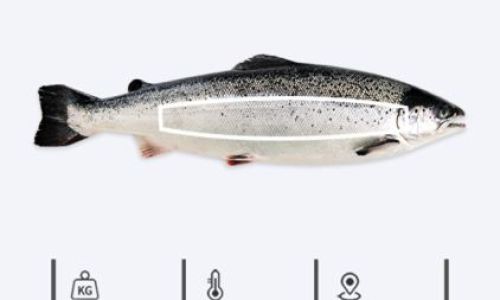
Wild vs. Farmed Salmon:
- Wild-caught salmon (e.g., King, Sockeye) is leaner, with a deeper flavor and brighter hue. It’s often pricier due to limited availability.
- Farmed salmon (e.g., Atlantic) is fattier, milder, and more accessible year-round. Opt for sustainably farmed varieties to support ethical practices.
Cut Matters:
- Fillets are boneless and versatile, ideal for most methods.
- Steaks (cross-sections of the fish) retain their shape during cooking, perfect for grilling.
Storage Tips:
- Refrigerate salmon immediately and use within 1-2 days.
- For freezing, wrap tightly in plastic and thaw in the refrigerator overnight.
Baking: The Foolproof Method
Baking is a low-effort, high-reward technique that ensures evenly cooked salmon with minimal fuss.
Steps to Perfect Baked Salmon:
- Preheat the Oven: Set to 400°F (200°C) for crispy skin or 375°F (190°C) for tender flesh.
- Prep the Fish: Pat fillets dry, season with salt, pepper, and oil (olive or avocado).
- Add Flavor: Top with lemon slices, fresh herbs (dill, thyme), or a compound butter.
- Bake: Place skin-side down on a parchment-lined tray. Cook 12–15 minutes per inch of thickness.
- Check Doneness: The flesh should flake easily with a fork but remain moist.
Recipe Idea: Lemon-Herb Baked Salmon
- Ingredients: 4 salmon fillets, 2 tbsp olive oil, 1 lemon (sliced), 1 tbsp chopped dill, 3 garlic cloves (minced).
- Instructions: Toss salmon in oil, garlic, and herbs. Bake 15 minutes; serve with lemon wedges.
Pro Tip: For crispy skin, sear fillets skin-side down in a hot pan before baking.
Grilling: Smoky and Charred Perfection
Grilling imparts a smoky flavor and attractive grill marks, ideal for summer cookouts.
Steps to Grill Like a Pro:
- Preheat the Grill: Clean grates and oil to prevent sticking.
- Prep the Salmon: Brush fillets with oil and season generously.
- Direct vs. Indirect Heat:
- Direct Heat: For thin fillets, cook 2–3 minutes per side over medium-high flame.
- Indirect Heat: For thick cuts, sear over direct heat, then move to a cooler zone to finish cooking.
- Avoid Flare-Ups: Keep a spray bottle handy to tame flames.
Recipe Idea: Cedar-Plank Grilled Salmon
- Ingredients: 1 cedar plank (soaked in water 2 hours), 1 salmon fillet, 2 tbsp maple syrup, 1 tbsp smoked paprika.
- Instructions: Place salmon on the plank; brush with syrup and paprika. Grill 15–20 minutes.
Pro Tip: Use a fish basket for easy flipping and to prevent breakage.
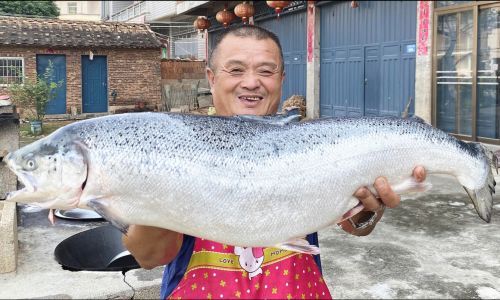
Pan-Searing: Crispy Skin, Velvety Interior
Pan-searing achieves a golden, crackly skin and tender center, perfect for restaurant-quality results.
Steps to Achieve Crispy Skin:
- Prep the Pan: Use a stainless steel or cast-iron skillet. Heat 2 tbsp oil over medium-high.
- Dry the Salmon: Pat fillets dry; season skin with salt.
- Cook Skin-Side Down: Press gently to prevent curling. Cook 4–5 minutes until skin crisps.
- Flip Carefully: Cook 2–3 minutes more.
- Rest: Let fillets rest 3 minutes to redistribute juices.
Recipe Idea: Pan-Seared Salmon with Brown Butter Sauce
- Ingredients: 4 salmon fillets, 4 tbsp butter, 2 tbsp capers, 1 lemon (juiced).
- Instructions: Sear salmon; remove. Melt butter until browned. Add capers and lemon; drizzle over fish.
Pro Tip: Use a splatter screen to avoid oil mess.
Poaching: Gentle and Moist
Poaching in flavorful liquid keeps salmon incredibly tender, ideal for salads or delicate dishes.
Steps to Poach Successfully:
- Prep the Liquid: Simmer water, white wine, herbs, and aromatics (onion, garlic) in a shallow pan.
- Lower Heat: Maintain a gentle simmer (160–180°F/71–82°C).
- Cook Salmon: Submerge fillets for 8–10 minutes until opaque.
- Cool: Transfer to an ice bath to halt cooking.
Recipe Idea: Poached Salmon with Cucumber-Dill Sauce
- Ingredients: 2 cups dry white wine, 1 cucumber (diced), 1/4 cup dill, 1/2 cup Greek yogurt.
- Instructions: Poach salmon in wine and herbs. Blend cucumber, dill, and yogurt; serve as a sauce.
Pro Tip: Use court-bouillon (vegetable-based broth) for added depth.
Smoking: Bold Flavors for the Adventurous
Smoking salmon requires patience but rewards with intense, wood-fired flavor.
Steps to Smoke Salmon:
- Brine: Submerge fillets in a salt-sugar-water solution for 4–6 hours.
- Dry: Air-dry in the fridge 2–4 hours to form a pellicle (sticky surface).
- Smoke: Use alder, apple, or hickory wood at 150–220°F (65–104°C) for 2–4 hours.
- Check Internal Temp: Aim for 145°F (63°C).
Recipe Idea: Maple-Glazed Smoked Salmon
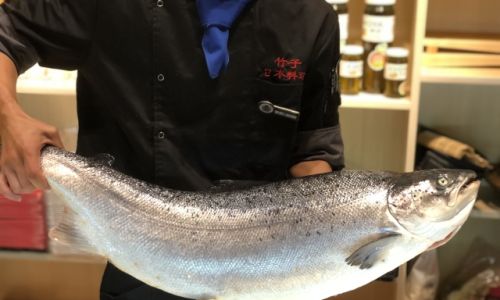
- Ingredients: 1 salmon fillet, 1/2 cup maple syrup, 1/4 cup brown sugar, 2 tbsp smoked paprika.
- Instructions: Brine salmon, then smoke while basting with glaze every 30 minutes.
Pro Tip: Cold-smoking (below 90°F/32°C) preserves texture but requires specialized equipment.
Raw Preparations: Ceviche and Sushi
For the bold, raw salmon offers a refreshing, delicate experience.
Ceviche Basics:
- Use sashimi-grade salmon.
- Marinate in citrus juice (lime, lemon) for 15–30 minutes to “cook” the fish.
- Mix with avocado, cilantro, and red onion.
Sushi 101:
- Freeze salmon at -4°F (-20°C) for 7 days to kill parasites.
- Slice against the grain for sushi rolls or sashimi.
Recipe Idea: Salmon Ceviche with Mango
- Ingredients: 1 lb sashimi-grade salmon (diced), 1 mango (diced), 1/4 cup cilantro, 1/2 cup lime juice.
- Instructions: Toss ingredients; let marinate 20 minutes. Serve with tortilla chips.
Pro Tip: Always source salmon from reputable suppliers for raw preparations.
Seasoning and Flavor Pairings
Salmon’s mild flavor pairs beautifully with diverse seasonings.
Classic Combinations:
- Herbs: Dill, thyme, rosemary.
- Spices: Paprika, cumin, smoked salt.
- Citrus: Lemon, orange, lime zest.
- Sweet Elements: Honey, maple syrup, brown sugar.
Glaze Ideas:
- Teriyaki: Soy sauce, mirin, ginger.
- Mustard-Dijon: Dijon mustard, honey, garlic.
- Pesto: Basil, pine nuts, Parmesan.
Pro Tip: Marinate salmon 15–30 minutes for deep flavor without overpowering the fish.
Side Dish Pairings
Elevate your salmon with complementary sides.
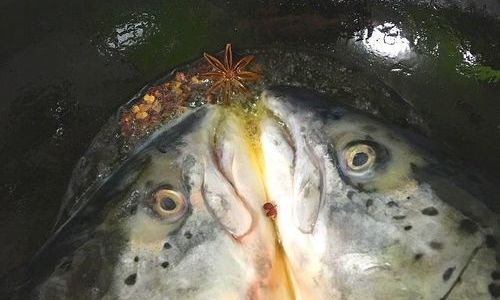
Vegetables:
- Roasted asparagus with lemon zest.
- Sautéed spinach with garlic.
- Grilled zucchini with balsamic glaze.
Grains:
- Quinoa with cranberries and almonds.
- Coconut rice with lime.
- Wild rice pilaf with mushrooms.
Salads:
- Arugula with shaved fennel and blood orange.
- Kale Caesar with Parmesan crisps.
Pro Tip: Balance richness with acidic sides (e.g., pickled onions) or freshness (herb salads).
Common Mistakes and How to Avoid Them
Even seasoned cooks stumble—here’s how to recover:
- Overcooking: Salmon dries out quickly. Cook until 125–130°F (52–54°C) internal temp.
- Skipping Drying: Pat skin dry to ensure crispiness.
- Crowding the Pan: Overcrowding lowers heat and steams instead of sears.
- Using Low Heat: High heat is essential for crispy skin.
- Ignoring Doneness Cues: Rely on texture (flakes easily) over time.
Conclusion
Salmon’s versatility makes it a culinary chameleon, adapting to endless preparations. Whether you favor the simplicity of baking, the smokiness of grilling, or the elegance of sushi, mastering these techniques ensures a memorable meal. Experiment with seasonings, embrace sustainable sourcing, and don’t fear the occasional mistake—it’s all part of the journey to becoming a salmon maestro.
Final Pro Tip: Pair your creation with a crisp Sauvignon Blanc or a buttery Chardonnay for a dining experience that’s truly unforgettable.
Word Count: 2,150
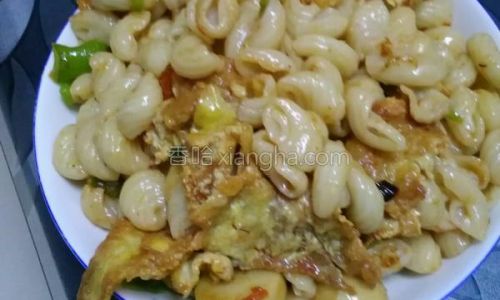
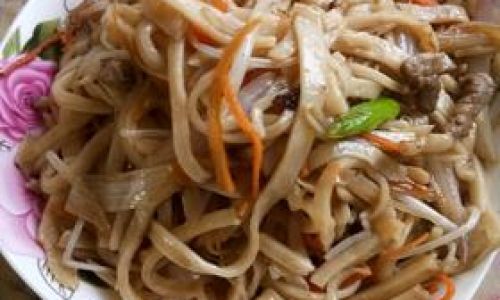
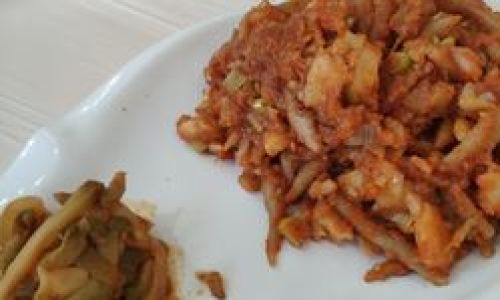
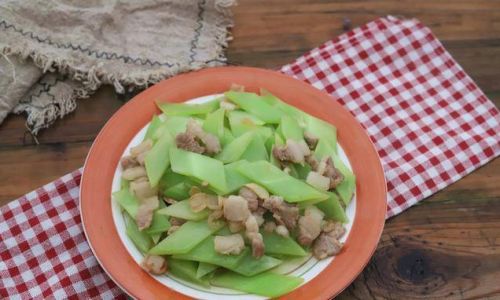
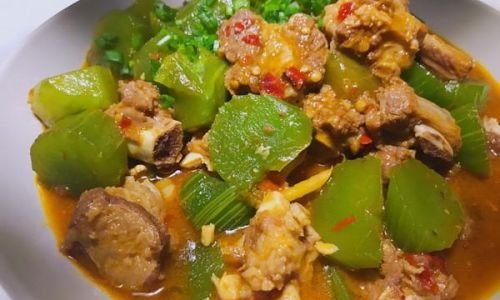
0 comments